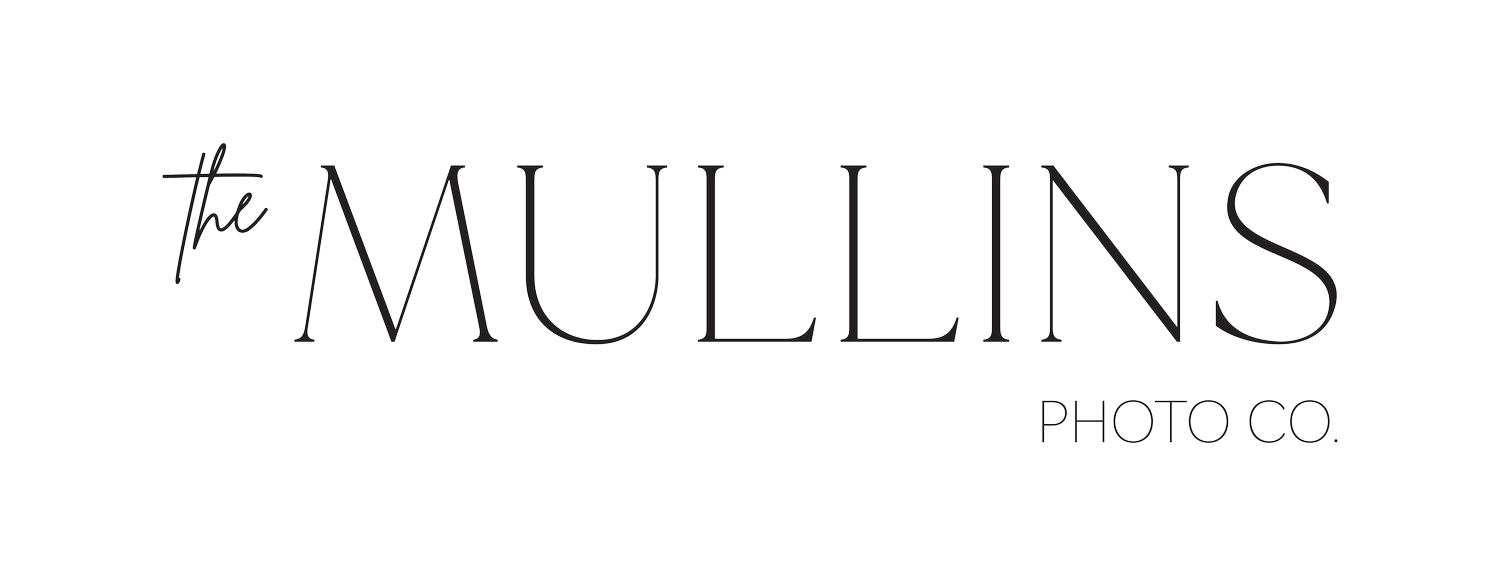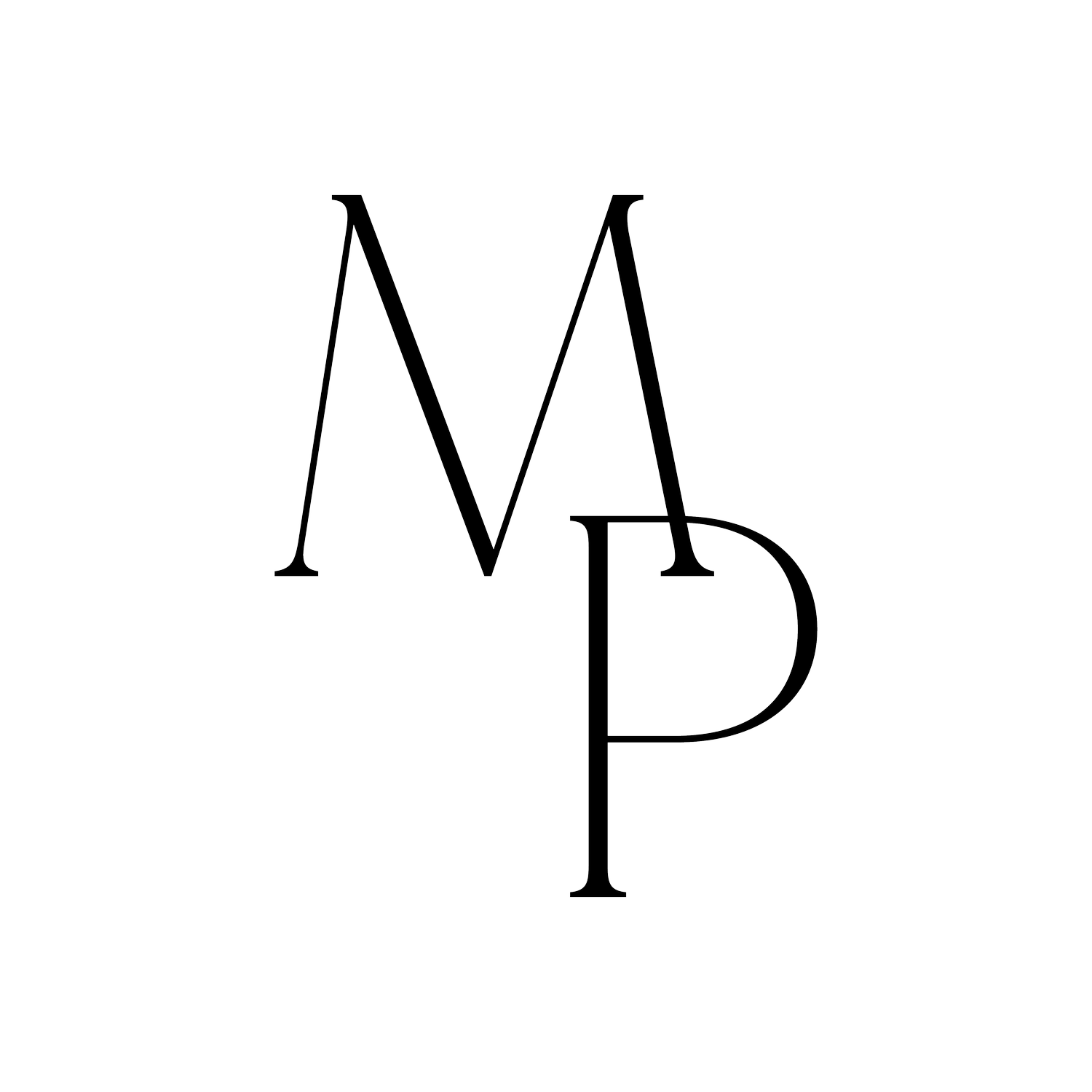RAW vs. JPG
JPGs are a smaller file size, meaning they read and write to memory cards faster and take up less space. They are the most common file type for images and every image program can read them. You can adjust your JPG settings (before you take the picture) to make them have higher or lower contrast, saturation, clarity, sharpening, etc…
So why shoot with a file type that takes up more than double the space, slows your camera down, and needs a specialized program to read and edit it??
Think of a RAW file like cake ingredients. You have your sugar, frosting, flour, flavoring, and whatever else you put in cakes. It is just RAW ingredients. You can decide how much sugar you want, what flavor you want, what shape you want it, etc…
A JPG is like a cake already baked, ready to eat. It has the contrast, saturation, and everything else already applied. It is ready to share or upload to social media. You can add more sugar later, but it won’t be quite the same as if it was added from the start. You can edit on top of a JPG but when you edit a JPG, it’s like changing an already made image. The biggest problem when editing a JPG is white balance. If you are way off when you shoot the original JPG, it is incredibly difficult to fix it in post processing. You can try and mask a vanilla cake with chocolate frosting, but it will never taste quite like a chocolate cake. If you shoot a JPG too dark, you can bring back the shadows some, but you will have a lot of noise in the shadow areas. So yes, you CAN edit a JPG image, but it is not nearly as versatile as editing a RAW image and here is why.
Just like RAW ingredients before you bake a cake, a RAW image allows you to decide contrast, saturation and many other things AFTER you shoot it without losing image quality. You can then go back, and edit the image in a completely different way without losing any image quality. When you edit a JPG over and over again, you are building on top of the previous edit but when you edit a RAW file, you can ALWAYS go back to the original RAW image :) This is great if you shoot an image, and then a year later your editing style changes, you can always go back to the original without degrading the image. The biggest advantage to a RAW file is the white balance is not baked in, it is added in post processing, therefore your original white balance does not matter at all. RAW files are MUCH more forgiving when it comes to adjusting exposure and they have MUCH less noise when bringing back shadows.
The downside to RAW files is because they are just RAW data, they must be “baked” before you can open them in many programs. You would never send a RAW file to a client because they would most likely not be able to open or view it. You cannot share RAW files on Facebook or Instagram. You have to “bake” them by saving them as JPGS. You do not ever lose the RAW file though, when you save them, the program simply creates a JPG in addition to a RAW file, it does not save over the RAW file.
For us, the advantages to RAW files far outweigh the disadvantages. We buy fast memory cards to avoid our cameras slowing down, and we have large drives to store the bigger file sizes. We tweak all of our images so we might as well tweak a RAW file because the end product will look better than if we edited JPGs.
If you haven't already, check out the video above to see some examples of editing raw and jpg files and check out our other blogs talking about memory cards, megapixels, and Nikon Vs. Canon. If there is anything you're interested in, comment below and I might cover it in a future blog!

